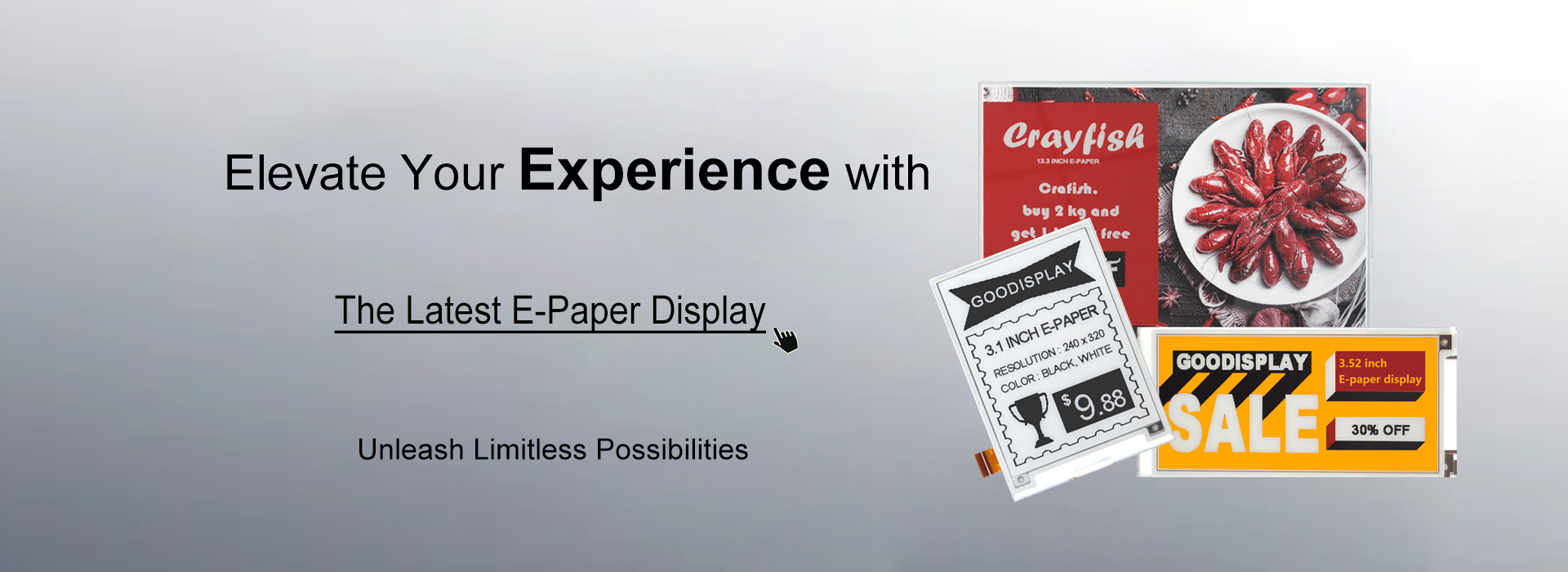How to custom FPC cable?
- Categories:FAQ
- Author:
- Origin:
- Time of issue:2024-04-06 15:35
- Views:
(Summary description)
How to custom FPC cable?
(Summary description)
- Categories:FAQ
- Author:
- Origin:
- Time of issue:2024-04-06 15:35
- Views:
In the display customization world, FPC, or the Flexible Printed Circuit, plays a pivotal role in electronic devices, especially in ePaper display connector systems. Whether it's for handheld devices or industrial products, FPC's versatility allows for a myriad of customization options, making it a preferred choice among OEM/ODM manufacture.

The Role of Cable in FPC Customization
Cables play a crucial role in FPC Customization. They can be adapted to various Lengths, Materials, and Connectors to meet your Interface Requirements. If signal processing is a requirement, enhancements can be made by adding Shields, Grounds, and Electromagnetic Rings.
Custom FPC Cable: Tailoring to Your Needs
When it comes to ePaper display modules, Customization is key. Good Display specialize in crafting custom ePaper displays for a wide array of applications.
FPC cables commonly used in e-paper displays are typically divided into three type.
1. With ZIF (Zero Insertion Force) / LIF (Low Insertion Force) connector
The key feature of FPC cables with ZIF/LIF connectors is their gentle insertion mechanism, which helps protect sensitive electronics and ensures reliable connections without the risk of damage.

2. By soldering.
FPC cable soldering provides a secure and durable connection. This method involves soldering the conductors of the Flexible Printed Circuit (FPC) cable to other electronic components or circuit boards. It is commonly used in applications.

3. By ACF bonding
The feature of FPC cable by ACF (Anisotropic Conductive Film) bonding is its ability to create high-density, reliable electrical connections in a compact form factor. ACF bonding involves using a conductive adhesive film to attach the conductive traces of the FPC cable to other components or circuitry.

Such as : GDEW0102I4FC GDEW0215T11
The Customization Process
The customization process of ePaper display modules including FPC connector typically follows the steps below:
-
Requirements gathering
The project Requirements are provided by you to the Manufacturer.
-
Quotation
The Manufacturer sends a Quotation based on the project's complexity and the time required to source components.
-
Tooling order and NRE payment
Once you've accepted the Quotation, the tooling order and Non-Recurring Engineering (NRE) payment are submitted.
-
Counter-drawings
The Manufacturer's engineers provide Counter-drawings for your Approval. This stage could involve several Modifications until the designs meet your Technical Requirements.
-
Prototype creation
After your Approval, the Manufacturer starts creating samples or Prototypes for you to test.
-
Production
Once the Prototypes are approved, the Manufacturer starts production.
Scan the QR code to read on your phone
logo
Contact
copyright
©2007-2025 DALIAN GOOD DISPLAY CO., LTD. All Rights Reserved. ICP08000578-1








